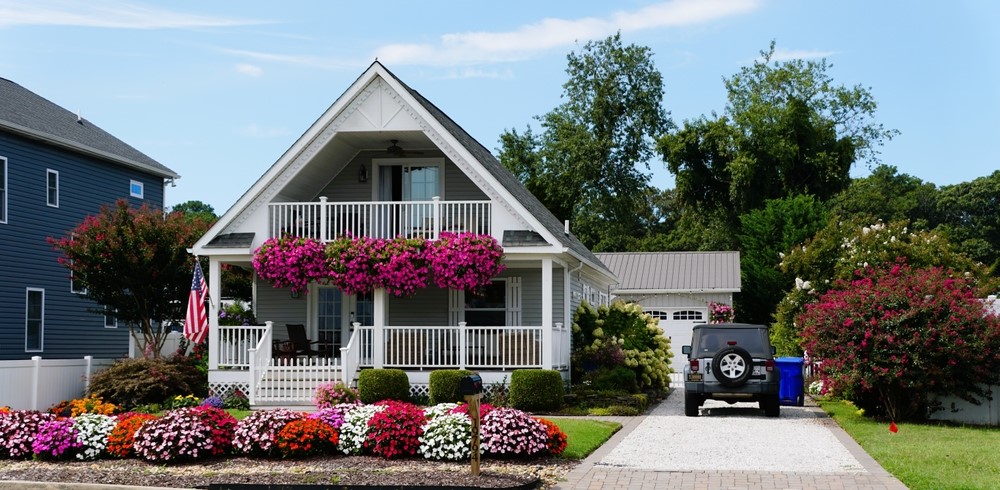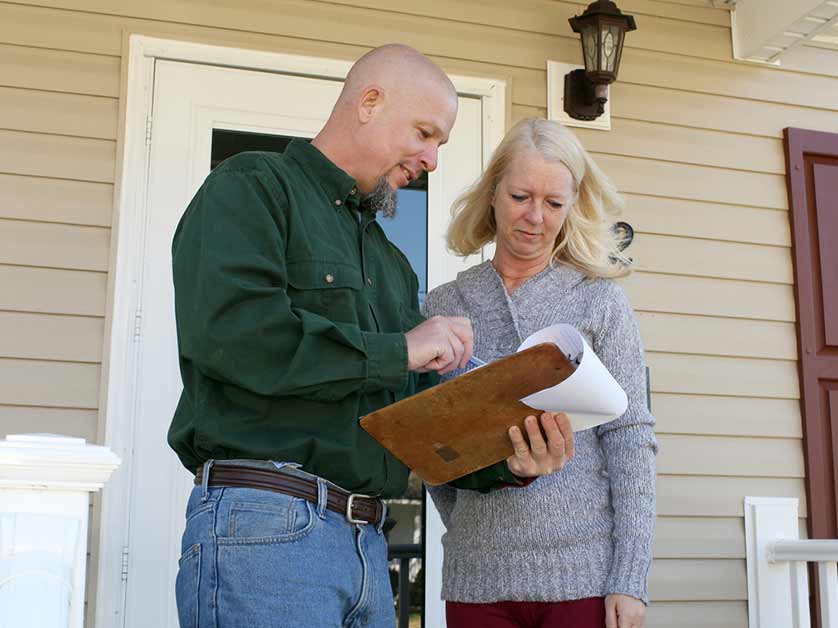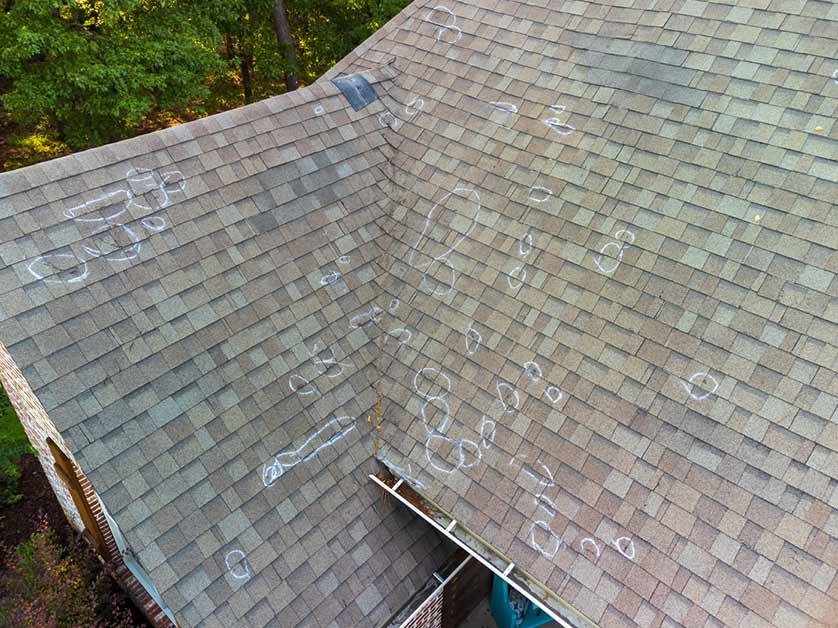The flashing is a crucial component of metal, shingle, and flat/low slope roofing systems. Installed around eaves, chimneys, gutters, and other spots on the roof where two surfaces meet, it prevents water from seeping through cracks and crevices in the roof structure. Unfortunately, even the smallest mistakes when installing or repairing flashing can put your home's entire roof at risk. This could lead to costly repairs and even permanent damage. To prevent this, we've outlined some common flashing repair and installation mistakes homeowners should be aware of.

Mistake #1: Not Installing the Flashing Properly
One of the most common flashing installation mistakes is not doing so the right way. This can include incorrectly sizing or cutting the flashing and not ensuring it overlaps properly. Water can still seep through these weak areas, compromising your entire roof system.
Mistake #2: Not Identifying the Root Cause of the Problem
This is another common mistake homeowners make when addressing roof flashing damage. Before doing repairs, the foundational problem needs to be solved first. Otherwise, repairs made without solving the foundation issue may end up causing more problems than they solve.
Mistake #3: Not Using the Correct Type of Flashing
Depending on which component during the shingle roof installation needs flashing, you may need a few different types. Whether it's step, counter, or roll-top flashing, all materials are made differently for specific parts of your roof.
Mistake #4: Not Using the Right Materials
Using the wrong materials for flashing repair or installation can lead to premature roof deterioration. Incorrect materials may not stand up against the elements. For example, some plastic or rubber flashing might be cheaper than metal. However, as temperature changes occur in cold and hot climates, these materials are more likely to erode and deteriorate faster than their longer-lasting counterparts.
Mistake #5: Not Properly Sealing the Flashing
Flashing needs to be sealed with a good-quality sealant or butyl tape. Without proper sealing, water can still enter your roof, causing significant damage down the line.
Mistake #6: Not Properly Securing the Flashing
It is not enough to just seal the flashing. Ensure that it is affixed properly to your roof using nails, screws, or rivets.
Mistake #7: Not Hiring a Professional
Finally, one of the major mistakes homeowners make is thinking they can repair or install flashing themselves. While it's understandable to try and save money doing this project yourself, it could result in permanent damage that could cost thousands of dollars to fix. Hiring a professional roofer for flashing installation and repair will help you avoid costly mistakes.
Even the slightest error in installing or repairing flashing can put your entire roof at risk. If you need professional roofing installation and repairs in Ocean View, DE, Hershey Exteriors is the name to call. Our experienced and certified crews are capable of detecting and fixing any existing or future potential issues that might jeopardize your roof's integrity. We work on many different types of systems, from asphalt shingle to cedar roofs. Call us at (302) 569-9039, or fill out our online form to get started.
Tags
Subscribe to Hershey Exteriors's Blog








Comments